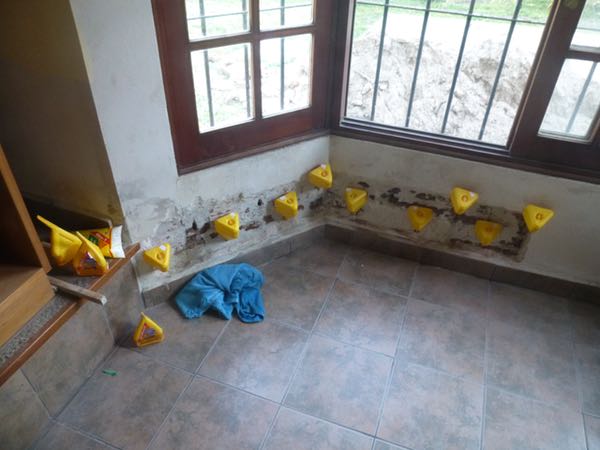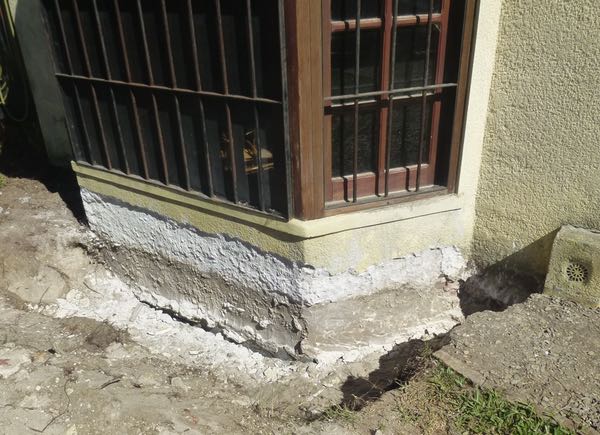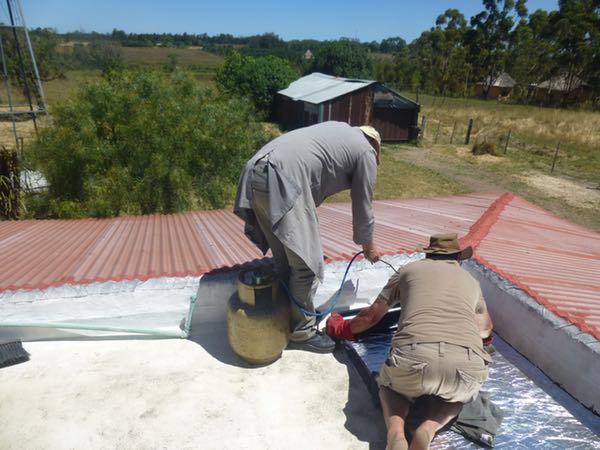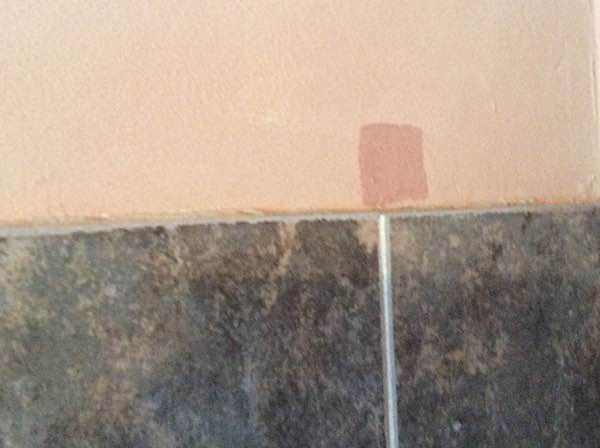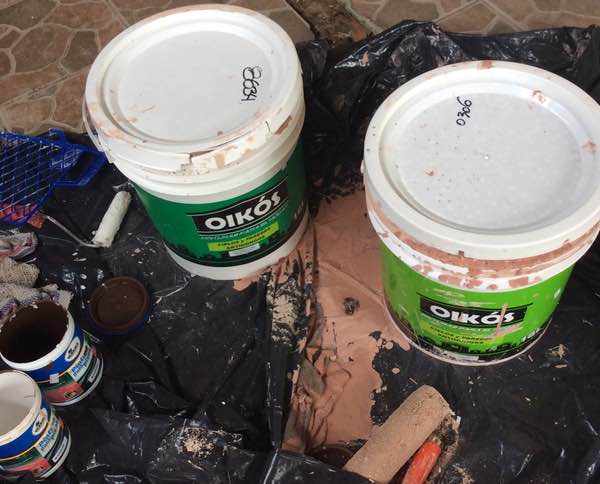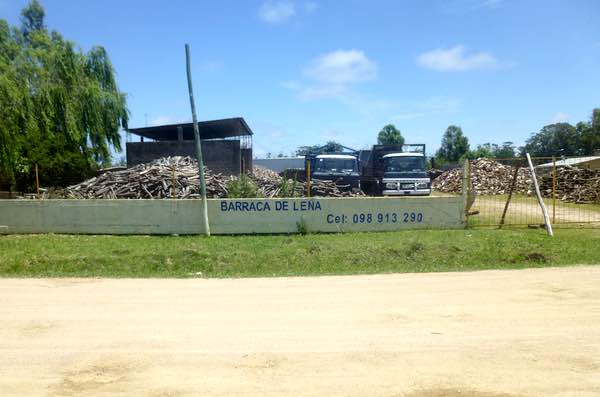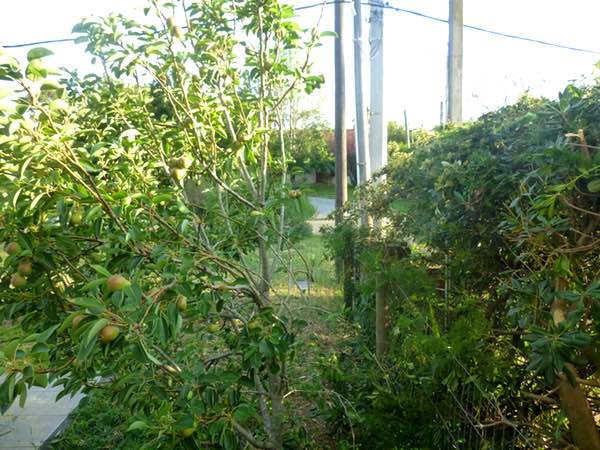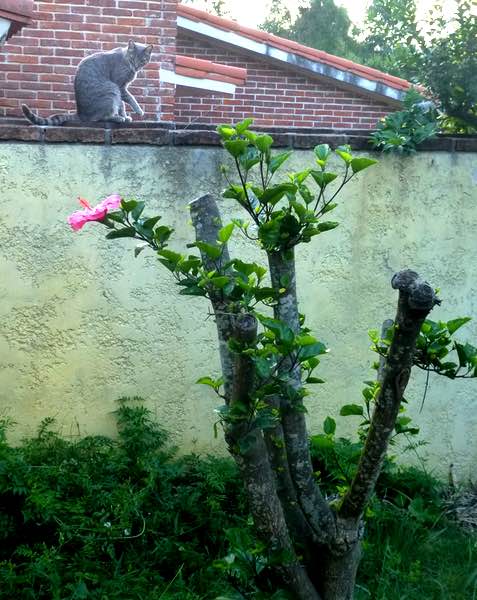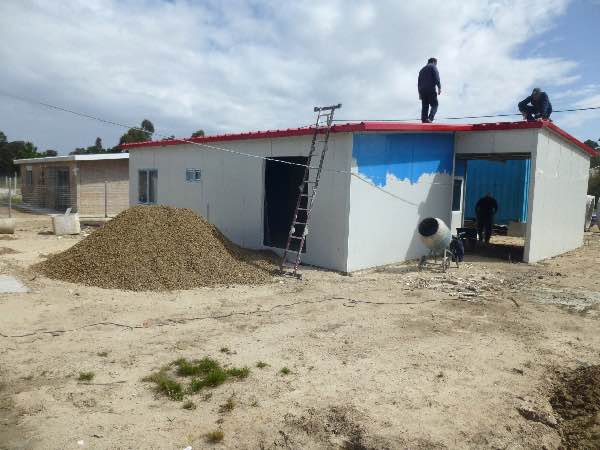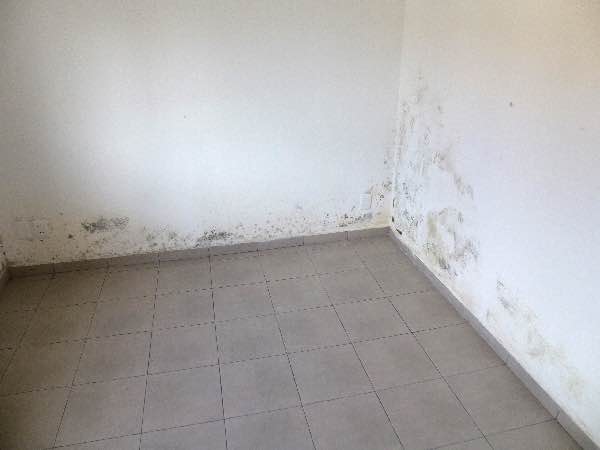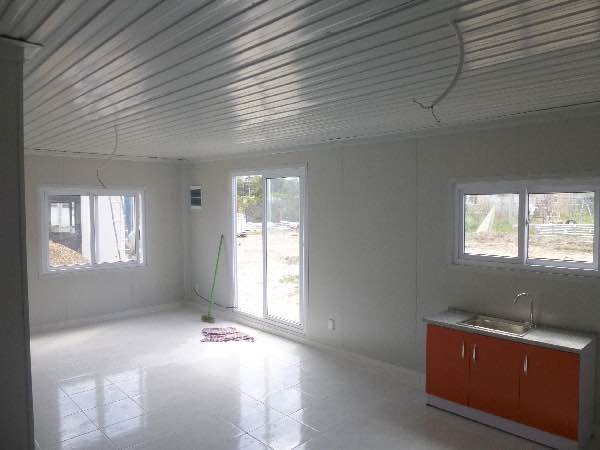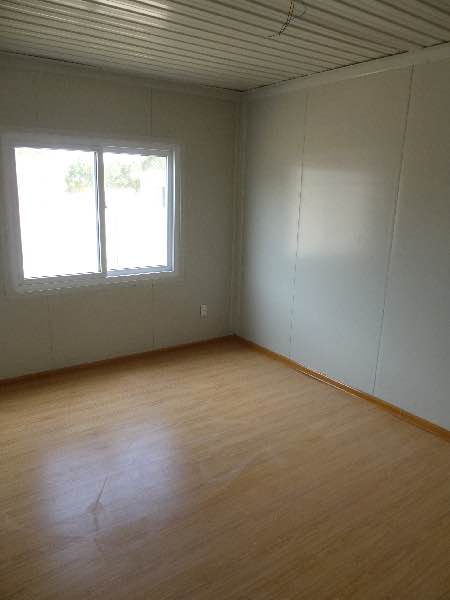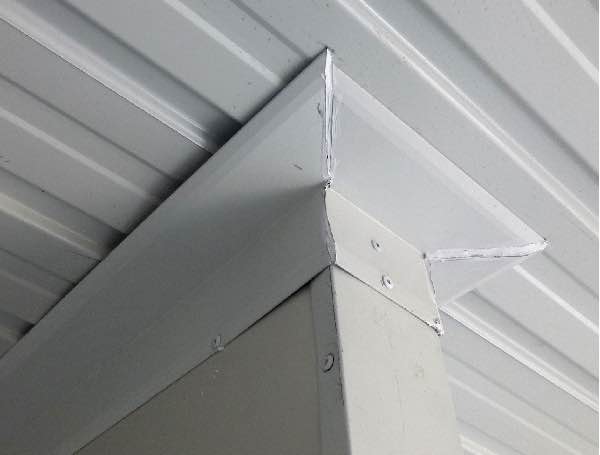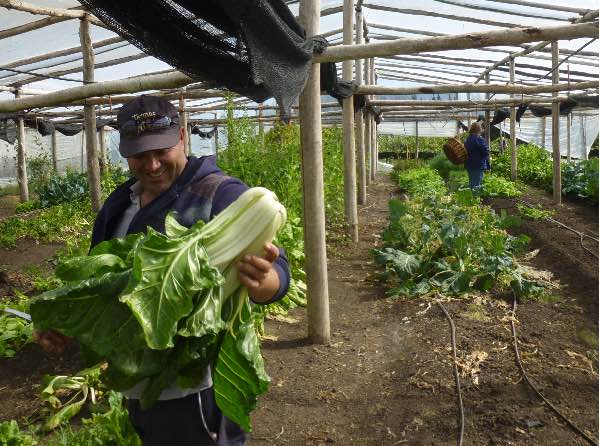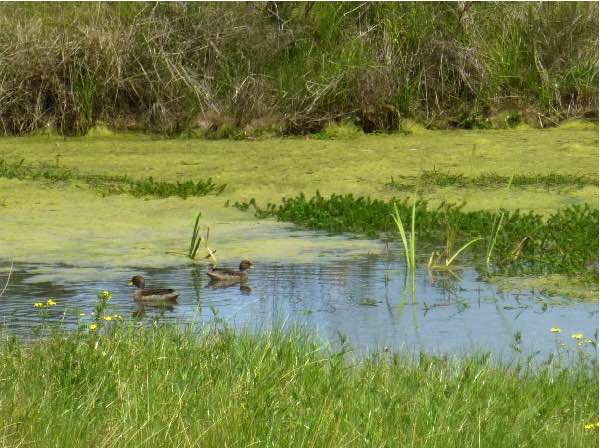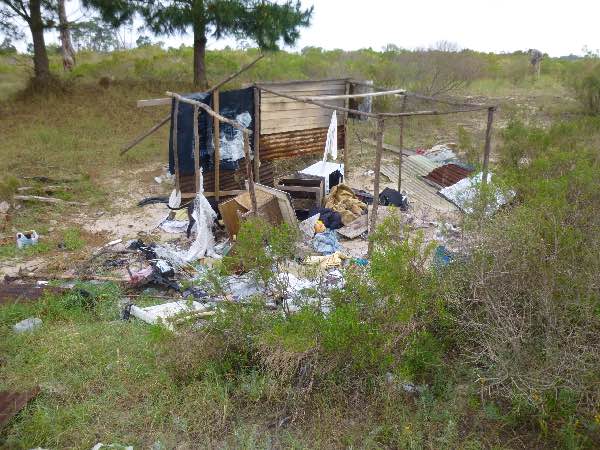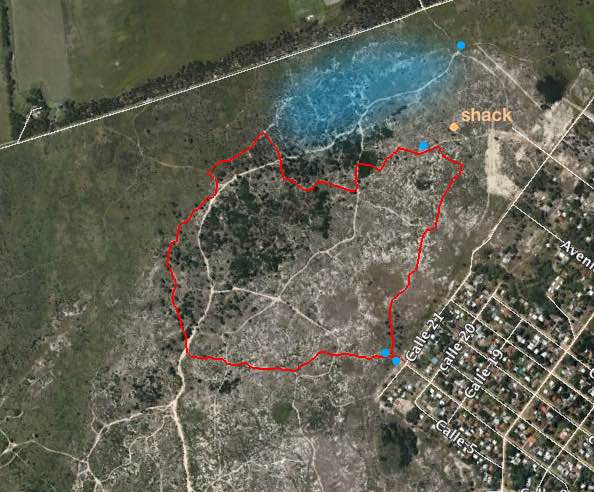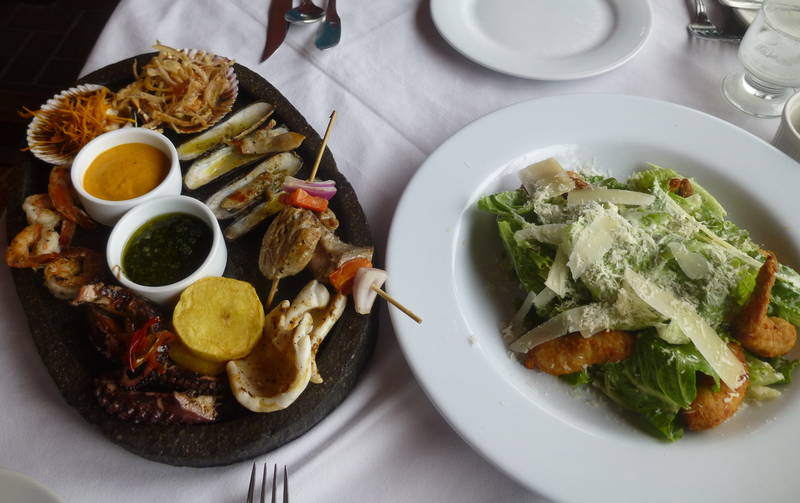Newcomers from California have posted a blog entry about their experience with rural Uruguayan elementary school. I’ve posted before about the umm, unusual school uniforms here. Here’s the explanation.

“The public school uniform in Uruguay has been like this since the beginning of the century, with every child wearing the white dust cover and the blue bow. The reason for the uniform is to make it almost impossible to make fun or to comment about the quality, level of maintenance, or brand of the clothing underneath. It was a democratic and egalitarian effort to make every child look the same way with non-expensive clothes, and equalize opportunities. That is the spirit even today. The size of the bows, is just a tradition. Private schools do not follow this same tradition, but do each have their own uniforms.”
We absolutely love the tradition. Our kids don’t feel embarrassed wearing them since all the other children wear them. They do take them off as soon as we get home, but it’s nice not to have to worry about what they are going to wear at school.
I highly recommend reading the whole article: Escuela Rural on the Waystages blog (waystages.com/?p=106)
20190709 update: apparently a one-year wonder. This of February 2017 appears to have been their last blog entry, celebrated by their last meaningful Twitter post. Their Youtube channel ended shortly after their arrival in 2016. Their Facebook page went cold in November 2017. Well, best of luck to you wherever you are!







